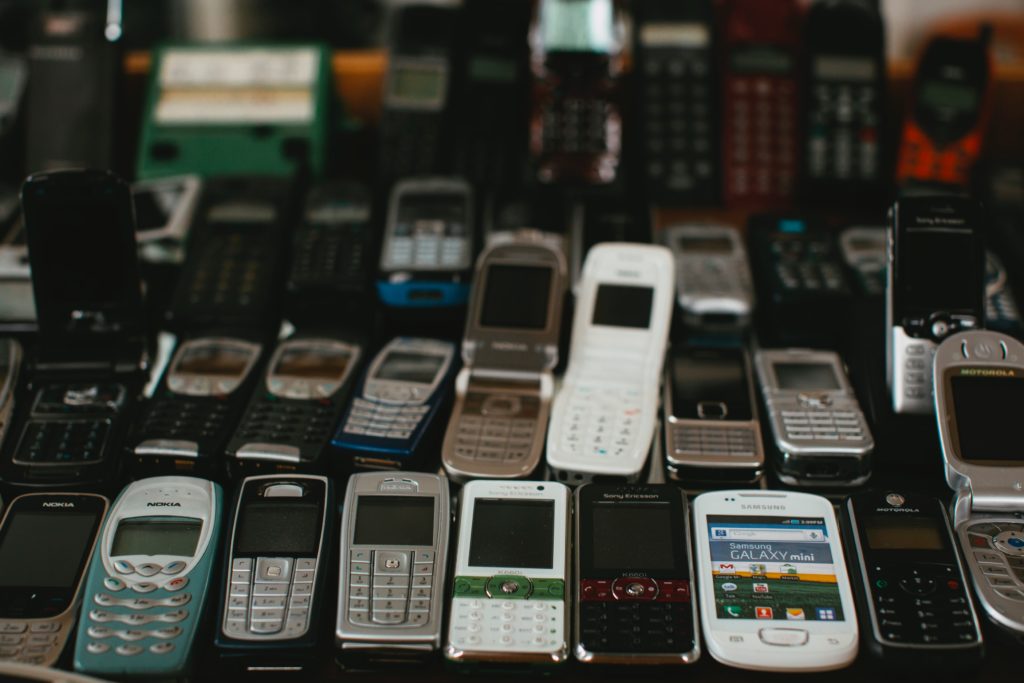Smartphones are ubiquitous in modern society, serving as our primary means of communication, entertainment, and productivity. But what exactly are they, and how did they come to be? In this blog post, we’ll explore the history of smartphones and shed light on how they’ve become such an essential part of our lives.
But before we get started, I must remind you that iFixYouri is here to help you with all your smartphone repair needs. Simply make a repair appointment on our site and your phone will be like-new once again.
What are Smartphones?
At their most basic level, smartphones are mobile phones that can connect to the internet and run applications, or “apps”. They typically have large touchscreens, powerful processors, and multiple cameras, making them capable of performing a wide range of tasks.
From browsing the web and sending emails to streaming videos and playing games, smartphones are incredibly versatile devices that have revolutionized the way we interact with technology.
Early mobile phones
Mobile phones have been around since the 1970s, but they were initially large, bulky devices that were only used by a small number of people. It wasn’t until the 1980s and 1990s that mobile phones began to become more widely available and affordable, thanks to the development of smaller, more portable devices.

Some Examples of Early Cell Phones:
- Motorola DynaTAC 8000X: This was the first commercially available mobile phone, released in 1983. It was large and expensive, weighing nearly two and a half pounds and costing $3,995.
- Nokia Mobira Senator: This brick-shaped phone was released in 1982 and was one of the first mobile phones to be commercially available. It weighed almost 22 pounds and was primarily used in cars.
- Motorola StarTAC: This was one of the first flip phones, released in 1996. It was a sleek, compact device that set the standard for future cell phone designs.
- Nokia 9000 Communicator: Released in 1996, this phone was one of the first to offer email, fax, and internet browsing capabilities. It was also one of the first to feature a full QWERTY keyboard.
- Ericsson GH 388: This compact phone was released in 1998 and was notable for its small size and customizable faceplates.
- BlackBerry 957: Released in 2000, this phone was one of the first to offer push email, which allowed users to receive email in real time without having to manually check their inbox.
- Nokia 5110: This phone was released in 1998 and was notable for its long battery life, interchangeable faceplates, and iconic “snake” game.
These phones may seem primitive by today’s standards, but they paved the way for the modern smartphones that we use today.
The Birth of the Smartphone
The history of smartphones truly begins in the early 2000s, with devices like the BlackBerry and the Nokia Communicator offering features like email, web browsing, and basic app functionality. However, it was the launch of the iPhone in 2007 that truly revolutionized the smartphone industry.
The iPhone introduced a large touchscreen, intuitive user interface, and the concept of a mobile app store, which allowed developers to create and distribute apps to millions of users.
The Rise of Android
While Apple was the first company to popularize the modern smartphone, it wasn’t long before other players entered the market. In 2008, Google launched Android, an open-source mobile operating system that quickly became a major competitor to Apple’s iOS.
Today, Android powers more than 80% of the world’s smartphones, thanks to its flexibility, customization options, and support for a wide range of devices.
The Modern Era of Smartphones
Since the launch of the iPhone and Android, smartphones have continued to evolve and improve at a rapid pace. Today’s smartphones are incredibly powerful, capable of performing complex tasks like video editing and virtual reality gaming. They also come equipped with advanced features like facial recognition, wireless charging, and 5G connectivity.
The Future of Smartphones
So what’s the next chapter in the history of smartphones? While it’s impossible to predict exactly what the future holds, it’s clear that these devices will continue to play an important role in our lives.
We may see advancements in areas like battery life, camera technology, and artificial intelligence, as well as new form factors like foldable screens and wearable devices.
Smartphones have come a long way since the early days of mobile phones. From the BlackBerry to the iPhone and Android, these devices have evolved into powerful, multi-purpose tools that we rely on every day.
As technology continues to advance, we can expect smartphones to continue to play an important role in shaping the way we communicate, work, and play.
